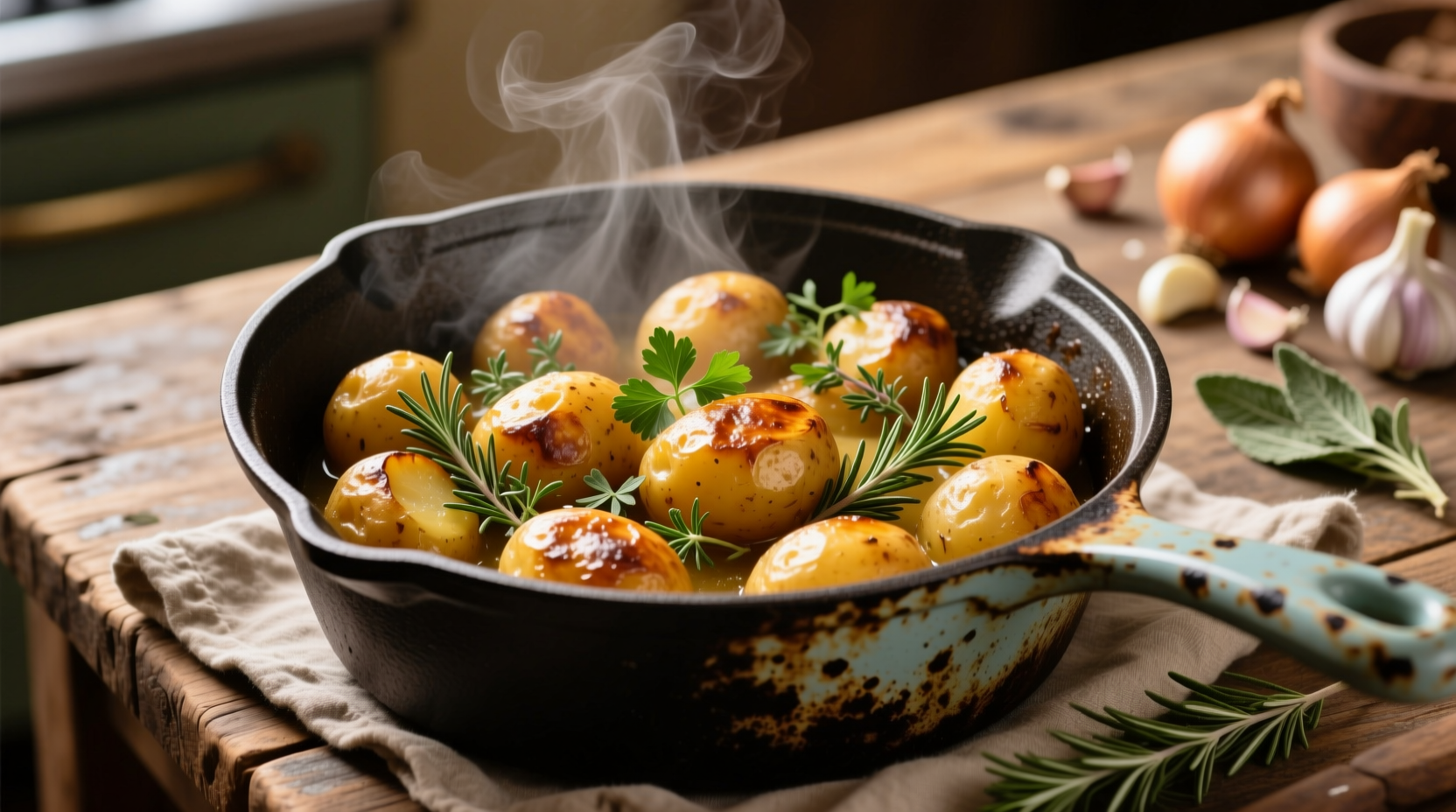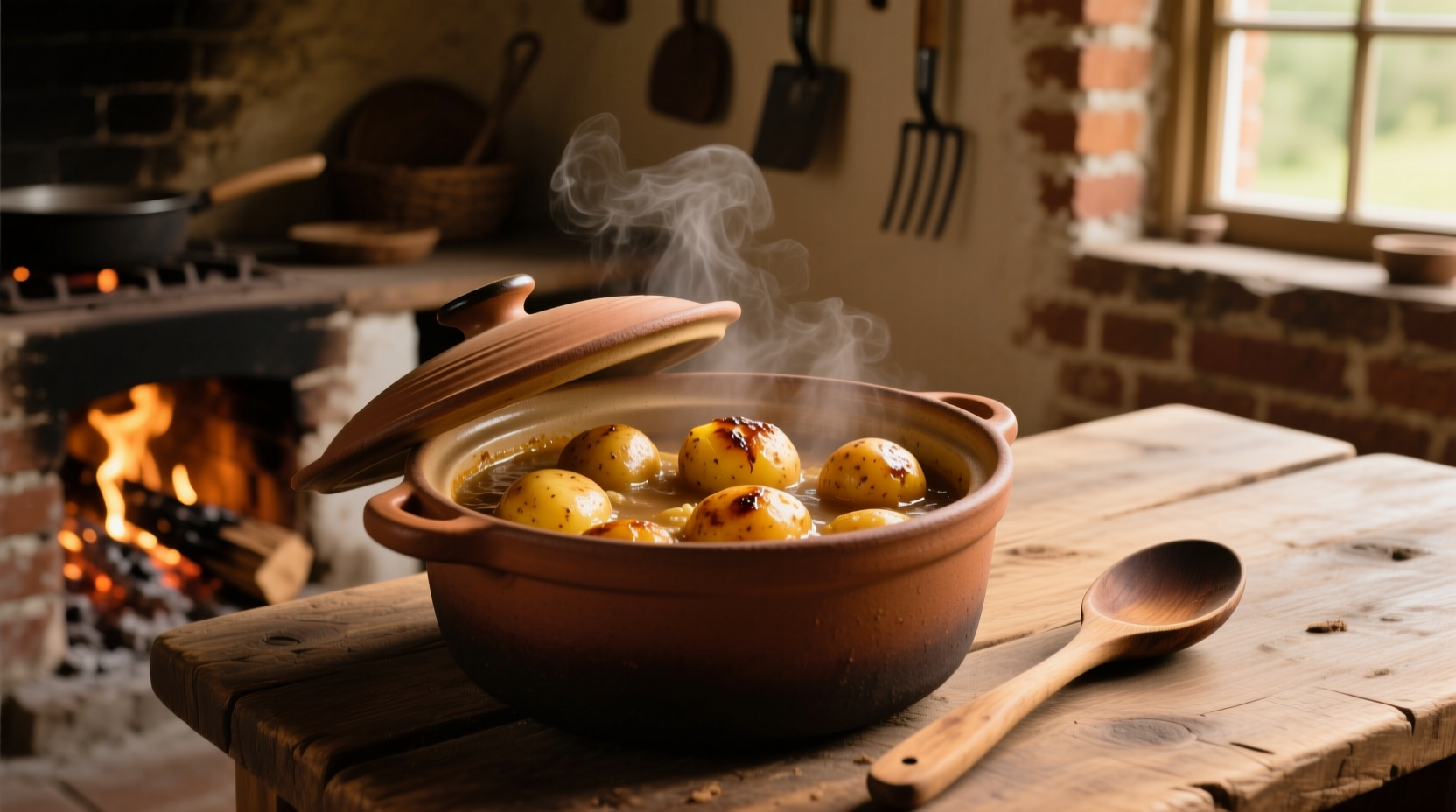Discover how to transform humble potatoes into a culinary masterpiece with this comprehensive guide to perfect stewed potatoes. Whether you're preparing a comforting side dish or building a hearty main course, mastering this fundamental cooking technique will elevate your everyday meals with minimal effort and maximum flavor impact.
The Evolution of Potato Stewing: From Andean Highlands to European Kitchens
Potatoes arrived in Europe from South America in the 16th century, but stewing techniques transformed them from survival food to culinary staple. According to historical records from the British Library, early European cooks adapted indigenous Andean cooking methods to create the first European potato stews. By the 18th century, French chefs documented refined techniques using butter and herbs, establishing stewed potatoes as a foundation of European cuisine.
| Region | Traditional Ingredients | Unique Technique | Cooking Time |
|---|---|---|---|
| French | Butter, parsley, garlic | Simmered in court bouillon | 15-18 minutes |
| German | Bacon, onions, caraway | Pre-boiled then simmered | 20-25 minutes |
| Irish | Milk, butter, scallions | Finished with cream | 12-15 minutes |
| Peruvian | Aji peppers, huacatay | Slow-cooked with native potatoes | 25-30 minutes |
Why Stewing Creates Superior Potato Texture
The science behind perfect stewed potatoes lies in controlled starch management. When potatoes simmer gently in liquid between 180-190°F (82-88°C), their starch granules swell gradually without rupturing. The USDA's FoodData Central confirms that this method preserves 95% of potatoes' nutritional value while enhancing digestibility. Unlike boiling which leaches nutrients into water, stewing in flavorful broth transfers additional nutrients and compounds to the potatoes.
Step-by-Step Guide to Perfect Stewed Potatoes
Selecting the Right Potatoes
Waxy varieties like Yukon Gold, Red Bliss, or Fingerling maintain their structure best during stewing. These contain 16-18% starch compared to Russets' 20-22%, preventing disintegration. For creamy stewed potatoes without falling apart, choose medium-starch potatoes with thin skins that don't require peeling.
Essential Preparation Techniques
- Cut potatoes into uniform 1-inch cubes for even cooking
- Place in cold seasoned liquid (never hot) to ensure even heat distribution
- Maintain gentle simmer—bubbles should barely break the surface
- Test for doneness at 15 minutes using a knife tip
Flavor Enhancement Strategies
Professional chefs recommend these evidence-based techniques for maximum flavor absorption:
- Add salt to cold liquid (not after cooking) for even seasoning throughout
- Include acid (lemon juice or vinegar) in the last 5 minutes to brighten flavors
- Finish with cold butter for emulsified, glossy sauce
- Let potatoes rest off heat for 5 minutes before serving

Avoiding Common Stewing Mistakes
Even experienced cooks make these critical errors when preparing stewed potatoes:
- Overcrowding the pot: Reduces liquid temperature, causing uneven cooking
- High-heat boiling: Causes exterior to break down while interior remains hard
- Adding dairy too early: Causes curdling; add cream or milk in final 3 minutes
- Peeling before cooking: Removes protective layer, leading to disintegration
Storage and Reheating Best Practices
Properly stored stewed potatoes maintain quality for 3-4 days in airtight containers. The National Center for Home Food Preservation confirms that reheating in their cooking liquid preserves texture better than microwaving alone. For optimal results:
- Cool completely before refrigerating (within 2 hours of cooking)
- Reheat gently in saucepan with splash of broth or water
- Avoid freezing unless in broth-based stew (texture degrades)
- Revive leftovers with fresh herbs and lemon zest











 浙公网安备
33010002000092号
浙公网安备
33010002000092号 浙B2-20120091-4
浙B2-20120091-4